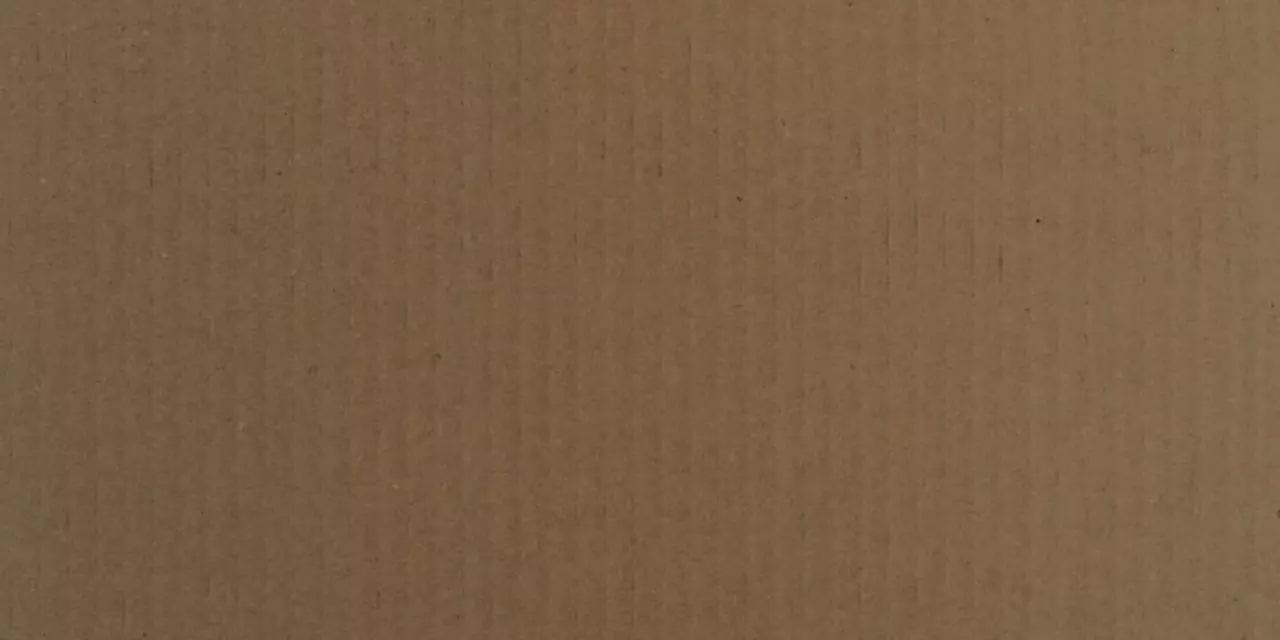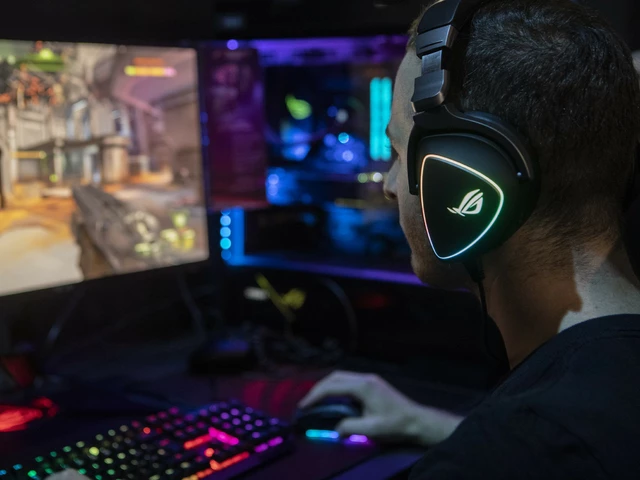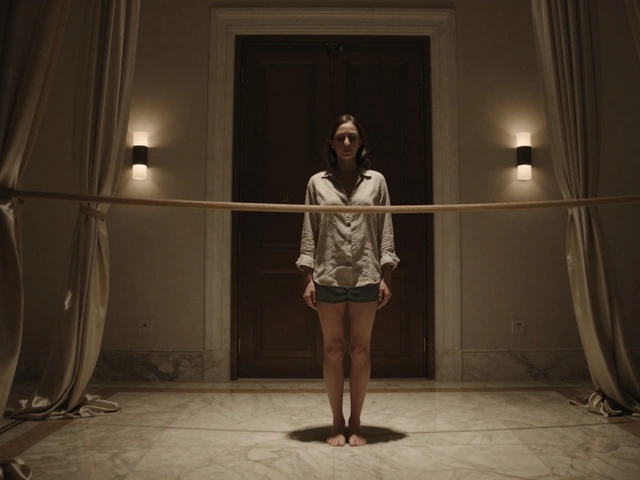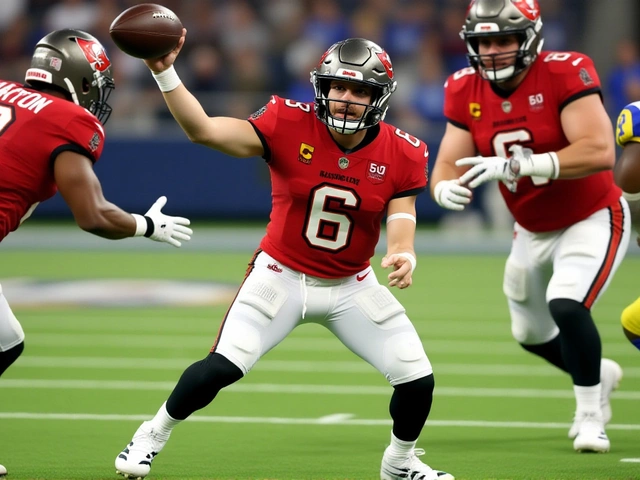Tabletop Gaming: Why Cardboard Cutouts Won’t Work for Warhammer
Ever wondered if you could swap those pricey miniatures for cheap cardboard cutouts? It sounds like a great money‑saving hack, right? In practice, it just doesn’t cut it for Warhammer. Let’s break down why the cardboard route falls short and why real miniatures are worth the investment.
Detail Matters More Than You Think
Warhammer is all about the miniatures. Each figure tells a story through its pose, armor, and weaponry. The game’s rules even reference specific parts of a model for abilities and attacks. Cardboard cutouts can’t deliver that level of detail. A simple sheet of paper can’t show the sculpted veins on a dragon’s wing or the intricate engravings on a space marine helmet. When you’re looking at the battlefield, those tiny visual cues help you keep track of who’s doing what. Missing that depth makes the game feel flat and confusing.
Durability Is Key for Rough Play
Warhammer battles get rough. You’re constantly moving units, flipping dice, and sometimes knocking pieces over by accident. Cardboard can’t survive that kind of action. It bends, tears, and gets soggy if you ever spill a drink. Miniatures, on the other hand, are made from resin or metal, which means they endure repeated handling without losing their shape. A sturdy model will stay crisp after dozens of games, while a cardboard cutout might be a one‑time thing.
Beyond the physical wear, there’s also the issue of stability on the tabletop. Miniatures have a low center of gravity, so they stay upright when you tap them or set them down quickly. Cardboard pieces tend to wobble, especially if the cutouts are thin. That wobble can cause accidental movement, which messes with the game’s flow and can lead to disputes.
Now, you might ask, “Can I reinforce cardboard somehow?” Some hobbyists try layering multiple sheets or adding a backing board. It adds weight, but it also adds extra steps and still won’t match the detail you get from a properly painted miniature. In the end, you’re spending extra time and money for a result that still falls short.
So, what’s the practical takeaway? If you’re serious about Warhammer—or any tabletop game that relies on miniatures—invest in the real thing. Look for starter sets or discounted bundles; many shops offer beginner kits that include several models and paints for a reasonable price. You’ll get the detail, durability, and visual excitement that make the game fun.
And if budget is a concern, consider trading with other players or checking online forums for second‑hand miniatures. The community is usually happy to swap pieces, which saves you cash while keeping your army looking sharp. Remember, the goal is to enjoy the game, not to cut corners that end up hurting the experience.
Bottom line: cardboard cutouts might seem like a clever hack, but they lack the detail, sturdiness, and visual appeal that Warhammer demands. Stick with proper miniatures, and you’ll notice a huge jump in how immersive and satisfying each match feels.

Why don't we use cardboard cutouts for Warhammer?
Cardboard cutouts are not usually used for Warhammer as they lack the detail, complexity and durability that the game requires. The pieces need to be highly detailed and have multiple layers of construction in order to accurately represent the characters, creatures, and environments that make up the game. Cardboard cutouts are simply not up to the task as they are too flimsy and lack the intricate details needed. Furthermore, they do not hold up well to the rigorous play that the game requires, making them a poor choice for Warhammer. By investing in high-quality miniatures, players can take advantage of the increased durability, detail, and complexity that make Warhammer such a great game.




